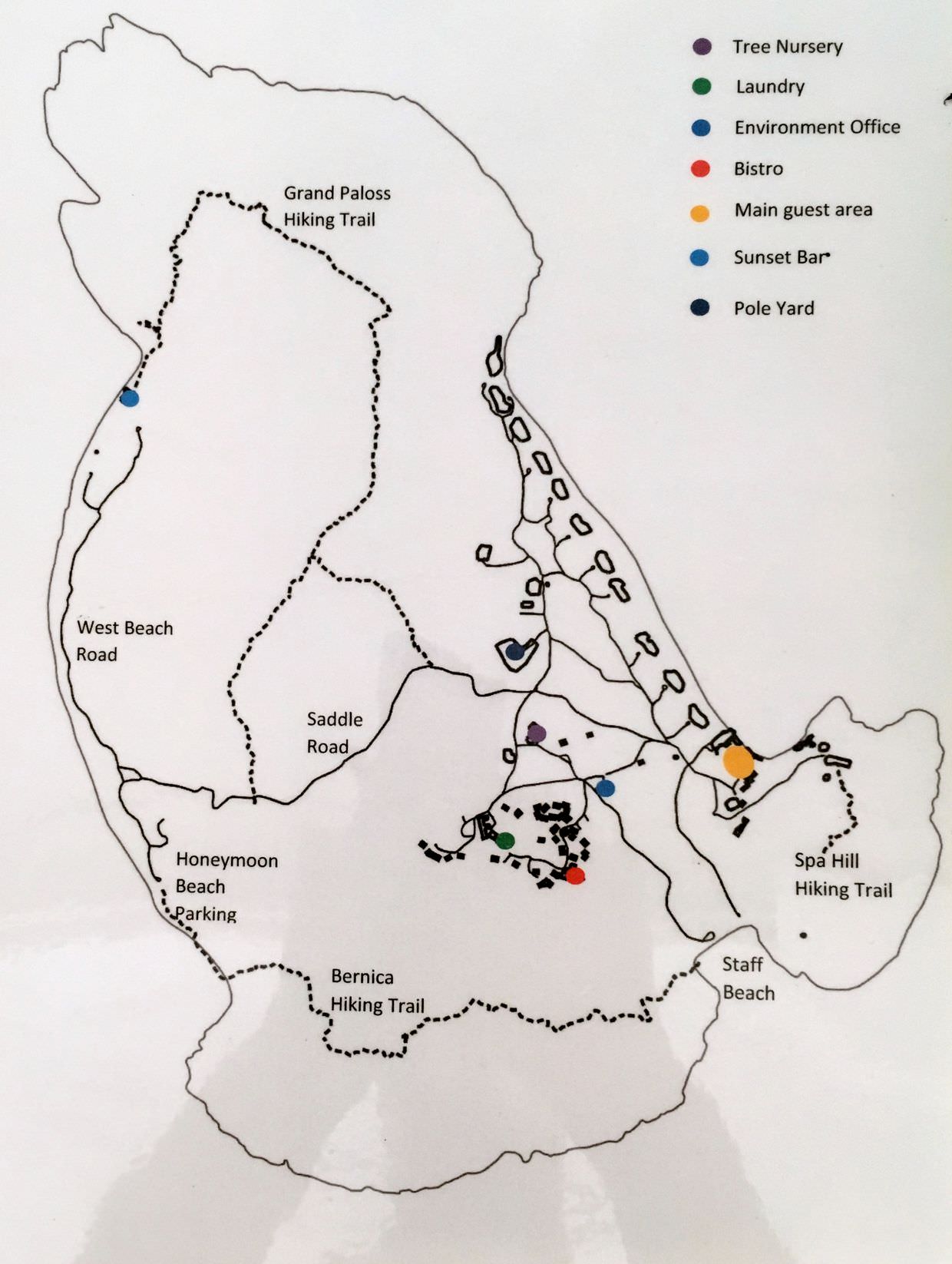4 weeks volunteering in Seychelles with WildlifeAct
For four weeks I joined WildlifeAct’s “Conserving Paradise” project, where volunteers help with conservation of wild turtles, tortoises and endemic bird species. It’s situated on the remote North Island in the Seychelles and run by the environment office at the North Island resort. To stay at this resort costs upwards of €2,000 per person per night – and guests arrive by helicopter; volunteer quarters are much more down to earth, as are the costs.
WildlifeAct volunteer groups are a maximum of 4 people; me, an 18 year-old Frenchman also named Paul, and another fellow Brit (though originating from South Africa), Robyn. We were joined two weeks in by Lea, a young woman from Germany. Together we’d live together and go about our volunteering duties. There are other volunteers here too; two are on a 6 month project eradicating Indian Mynas – Maxine and Jeremy, there was also Matt, an intern here for 6 weeks. The projects were run by CJ and Tarryn, and the charismatic and friendly Elliot was in charge of turtle monitoring.
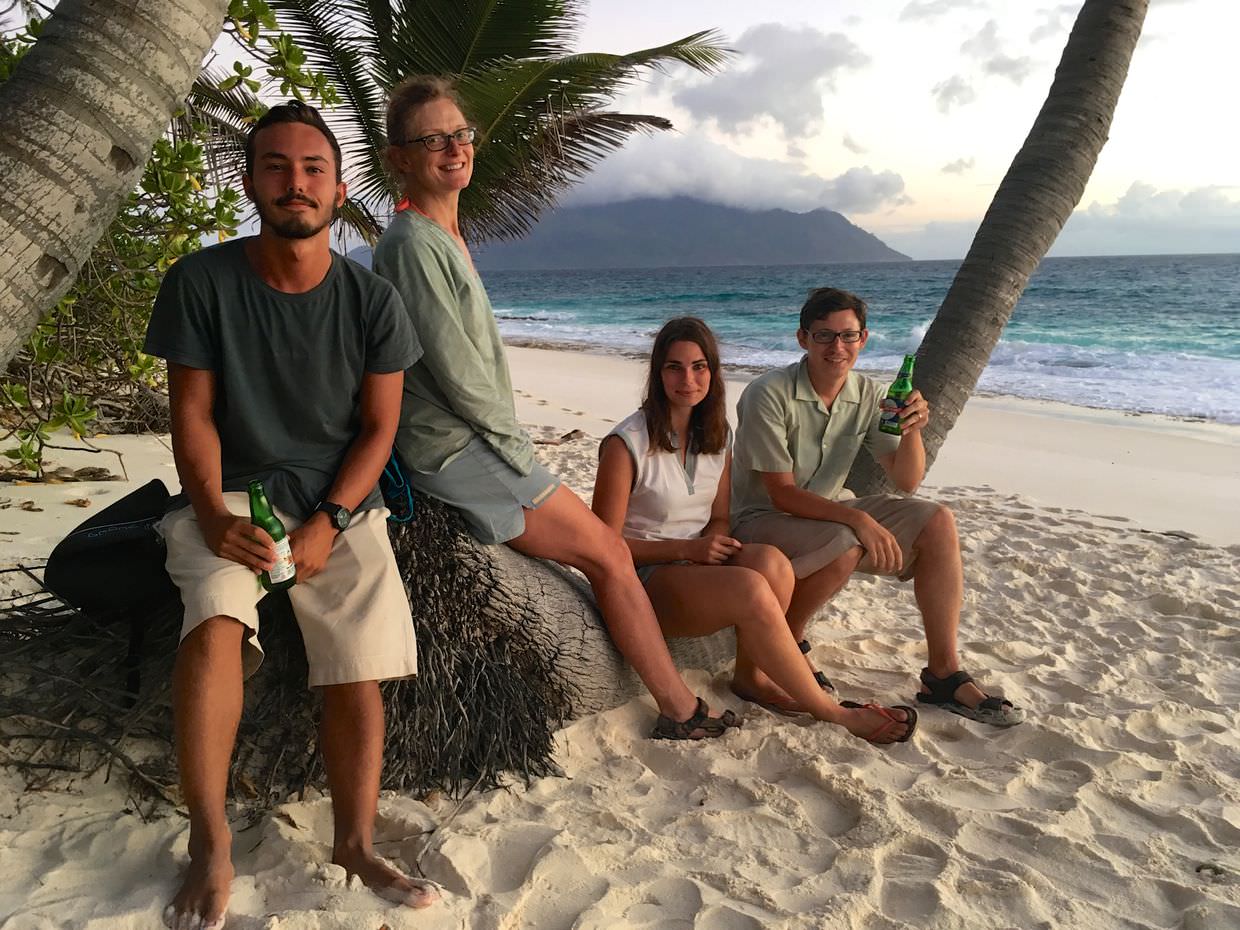
As a group we searched for turtle tracks each morning, we marked new nests as they appeared, and noted those that had hatched, we planted endemic trees, we cleared coconuts, GPS tagged wild tortoises and we (though less I) did a lot of snorkelling.
My time here felt like volunteer work, rather than a holiday, as it comes without many of the niceties that typify a holiday; cocktails, a pool, choice of food and activities, tours, etc. It’s timetabled conservation fieldwork and I was not treated as a paying guest, but instead a staff member; a person that must wear a uniform and follow all the rules, and there are lots of rules.
But living on an island, even just for one month, is idyllic, relaxing, and by necessity, economical and ecological.

Getting there
The journey from Brighton to North Island was not trivial. The plan was a flight from London to Joburg, then Joburg to Seychelles. But South African airways delayed my first flight by 12 hours, putting me in a hotel. That delay meant a missed connection and another stopover in Joburg. “Never fly South African airways”, a fellow passenger said — when that flight eventually landed there was a round of ironic applause.
The catch was that the connection I missed did not run on Mondays or Tuesdays; cue SAA putting me on a flight to Dubai. After 3 flights, a taxi, two hotels, two boats, 6 hours sleep and 62 hours of traveling, I arrived on the island; jumping from a zodiac into the warm waters of the island’s East Beach. There was a silver lining; Emirates took pity on my plight and gave me a free upgrade on the final leg.
The island
North Island is a picture perfect paradise, with four sandy beaches, granite hills and coconut trees leaning out over the water’s edge. It’s a millionaire’s playground, quite literally. Amongst the coconuts are large fruit bats, moorhens, zebra doves, skink and gecko lizards, giant aldabra tortoises, giant palm spiders, and white-tailed tropic birds. The island is surrounded by fantastic reefs, perfect for crystal clear snorkeling or diving; rays, sharks and colourful fish abound.
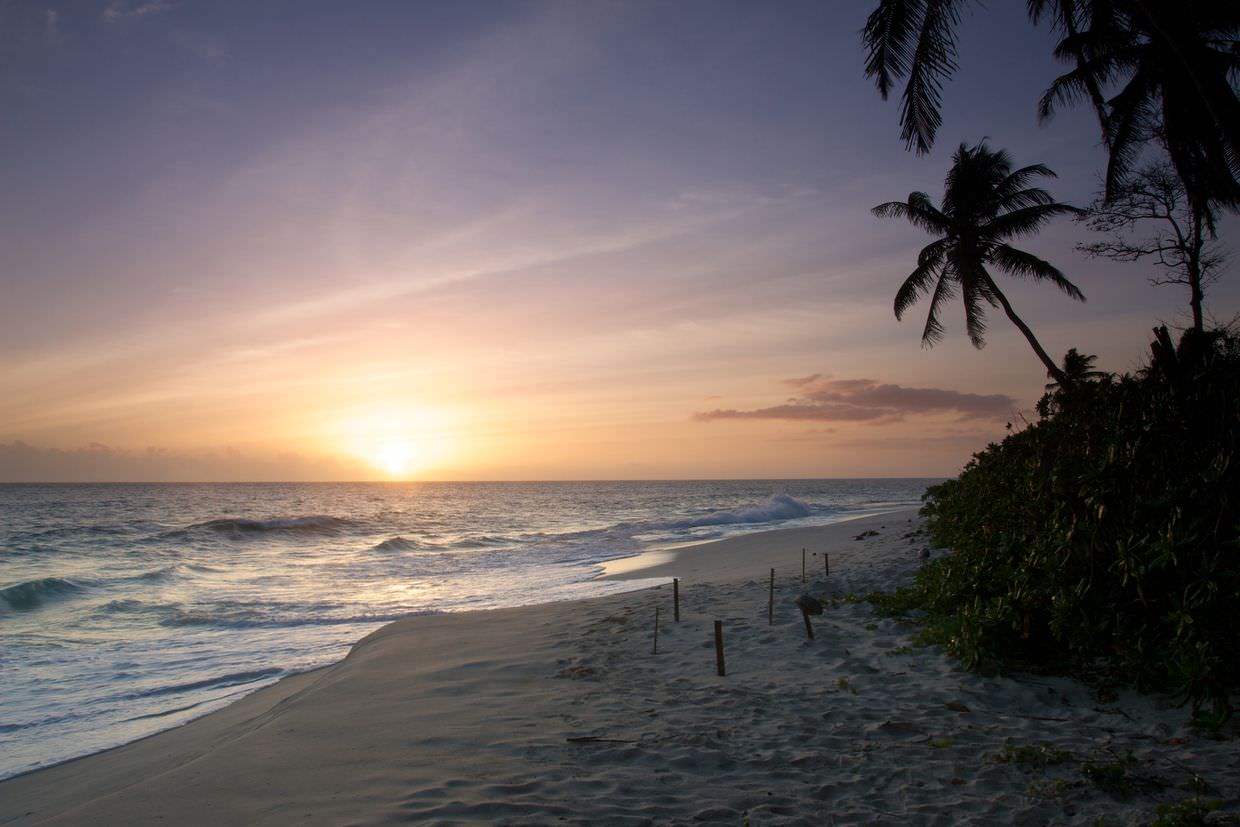
The island is criss-crossed with a network of sandy roads, which staff and guests navigate using little electric buggies. On the roadside are signposts, beware of the tortoises; they move slowly and look like rocks, and there’s over 80 on the island. A number of the larger ones bear the scars of a road collision.
It used to be a coconut plantation – there are still remnants of that, some old huts kept to preserve what once was, but more notably, all the coconut trees. Projects are in place to gradually eradicate them and other invasive species, with plans to recreate the island’s original ecosystem, bringing back the endemics, the original plant species, bird species, and so on. That’s one of the reasons we’re here as volunteers, to help these long-term projects find their feet, with a bit of “legwork”.
The beaches
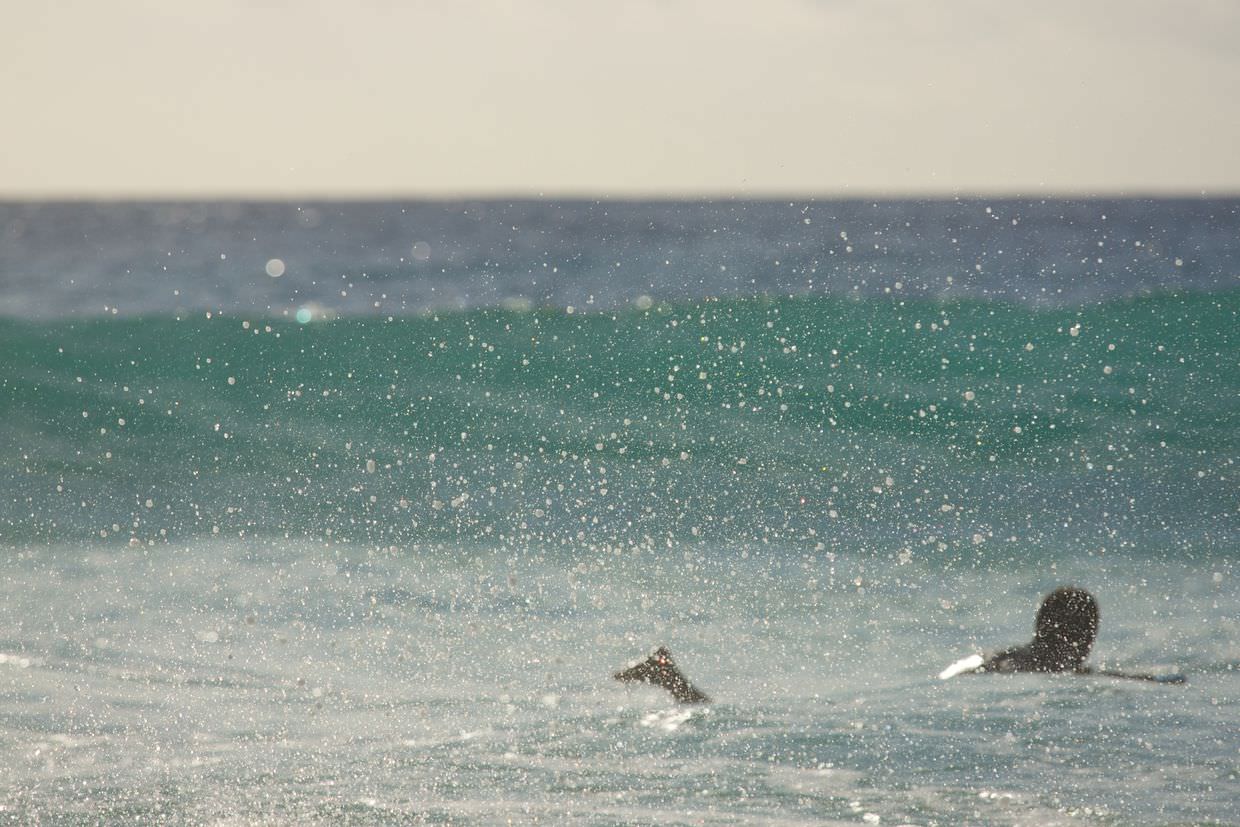
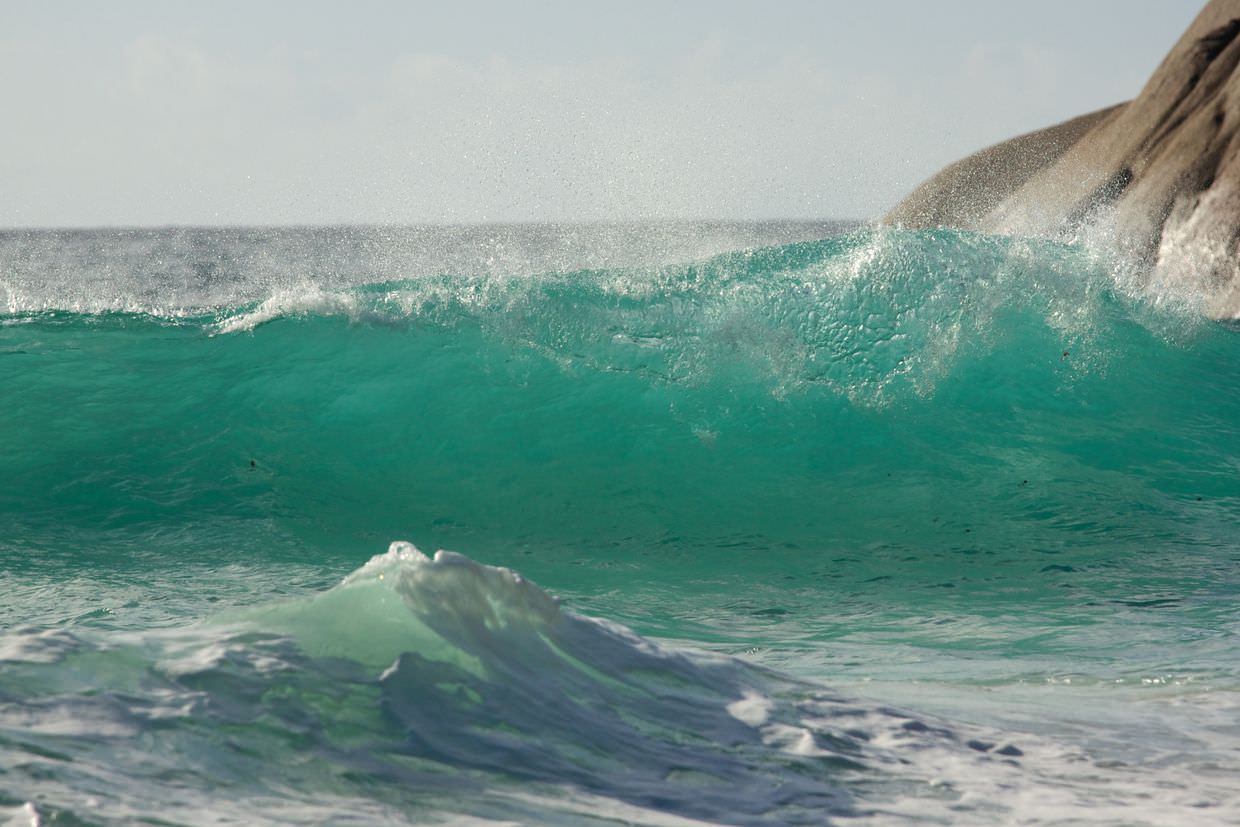
North Island has four distinct beaches, each with incredibly soft sand (a pleasure to walk on barefoot), turquoise water and picturesque overhanging coconut palms. The sea can look deceptively calm, but the beach drops away quickly and there are large breaking waves, great for body-boarding or a touch of surfing. For a novice swimmer like myself, when a 10ft breaking wave picks you up and dumps you back on the sand, it’s time to stop.
Each beach is edged with scaevola and beach morning glory plants; the creeping vines of the latter, with its small purple flowers, stretch out into the sand – like they’re racing the coconut trees to the water’s edge.
Another feature they all share is rapid erosion during changing seasons; over 6 months East Beach will build up while West will erode; then visa versa. The environment team document it with photos. And as the sand disappears it reveals patches of the weathered granite beneath. In just 4 weeks I noticed how beaches had changed shape, sand was ripped from one and dumped on another – sometimes this leaves turtle nests in a precarious position, at times they may need to be moved.
The sand is lovely, but it does get everywhere, and the smell of salty sea spray pervades everything. It combines elegantly with layers of sun lotion, and DEET – for there are, unfortunately, mosquitoes. And too with the unavoidable sweat, where after anything slightly arduous sweat beads role from your forehead, and drip from your nose.
East Beach
This is the main guest beach, all the villas, 1 through 11, look out onto it, where they’ll get spectacular views of sunrise, if they’re awake. This is also where the dive centre is. To the south is spa hill; with a guest-only spa, pool and gym, and a hike up to the top for everyone, the easiest place to climb to for good views.
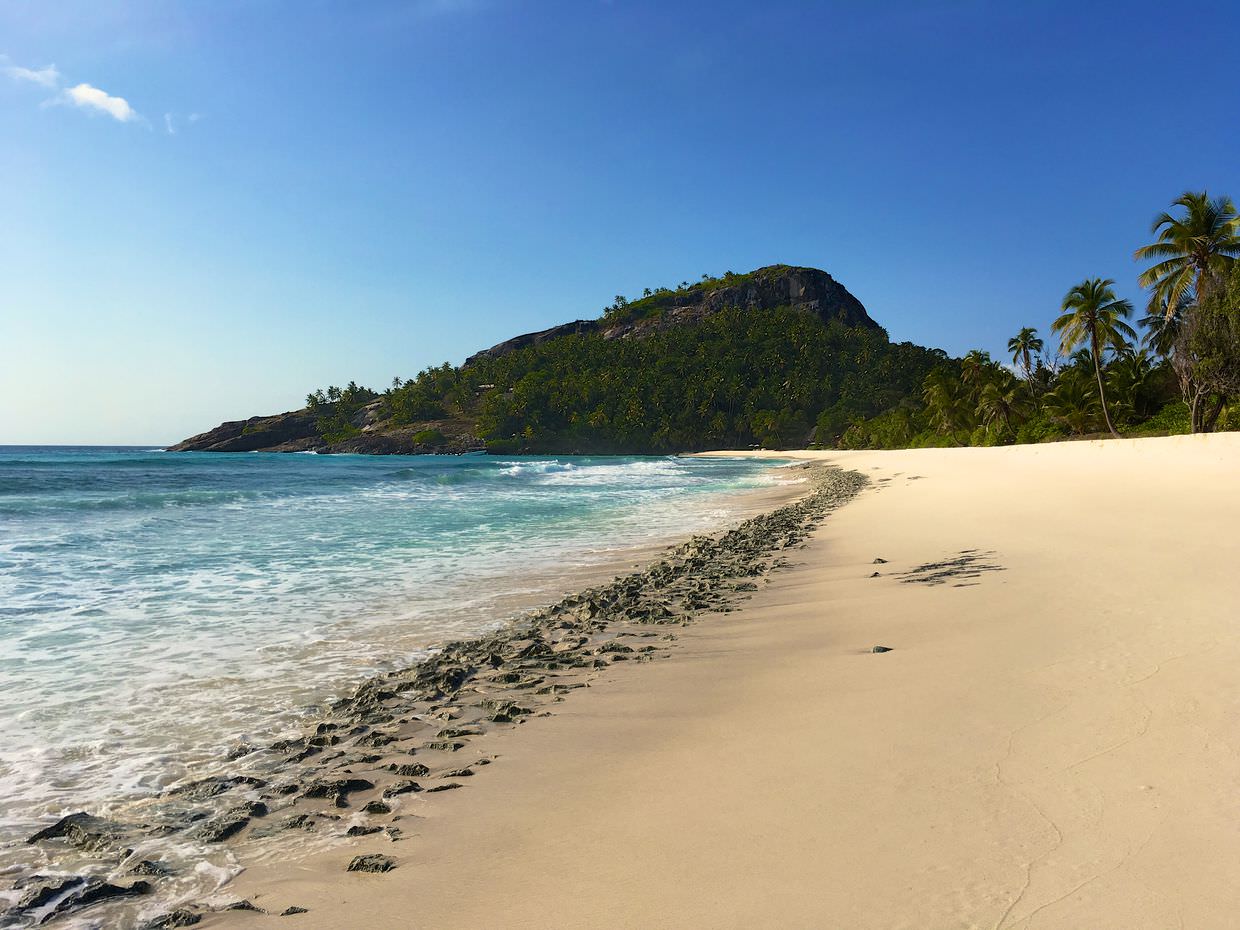
West Beach
My favourite beach, a quieter stretch of sand, spanning the west coast of the island. In the morning it’s in the shade, which makes it pleasant for the turtle patrol. At one end is a picnic spot for guests, and at the other is sunset bar, where guests have their meals set against the red hues of a falling sun. Along the mid-section are rocks where you find large sally light foot crabs, ghost crabs and hermit crabs.
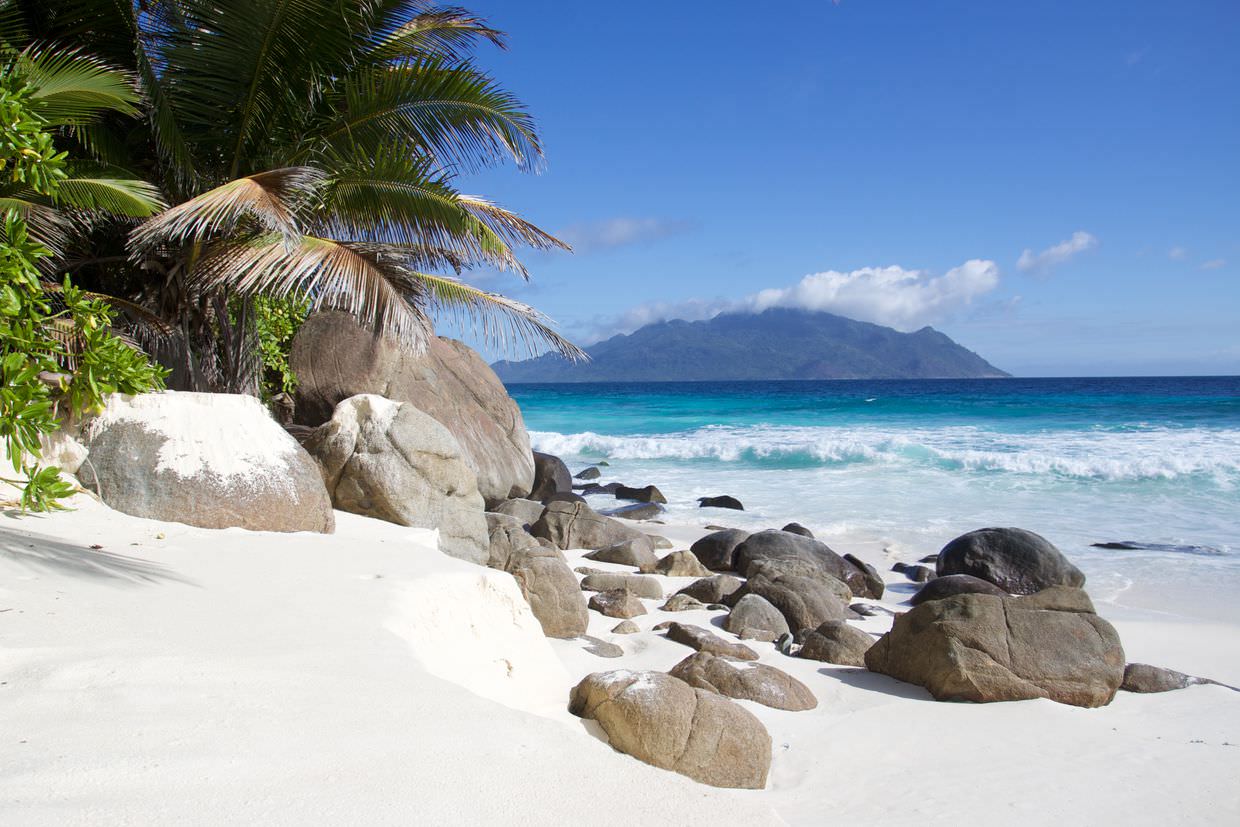
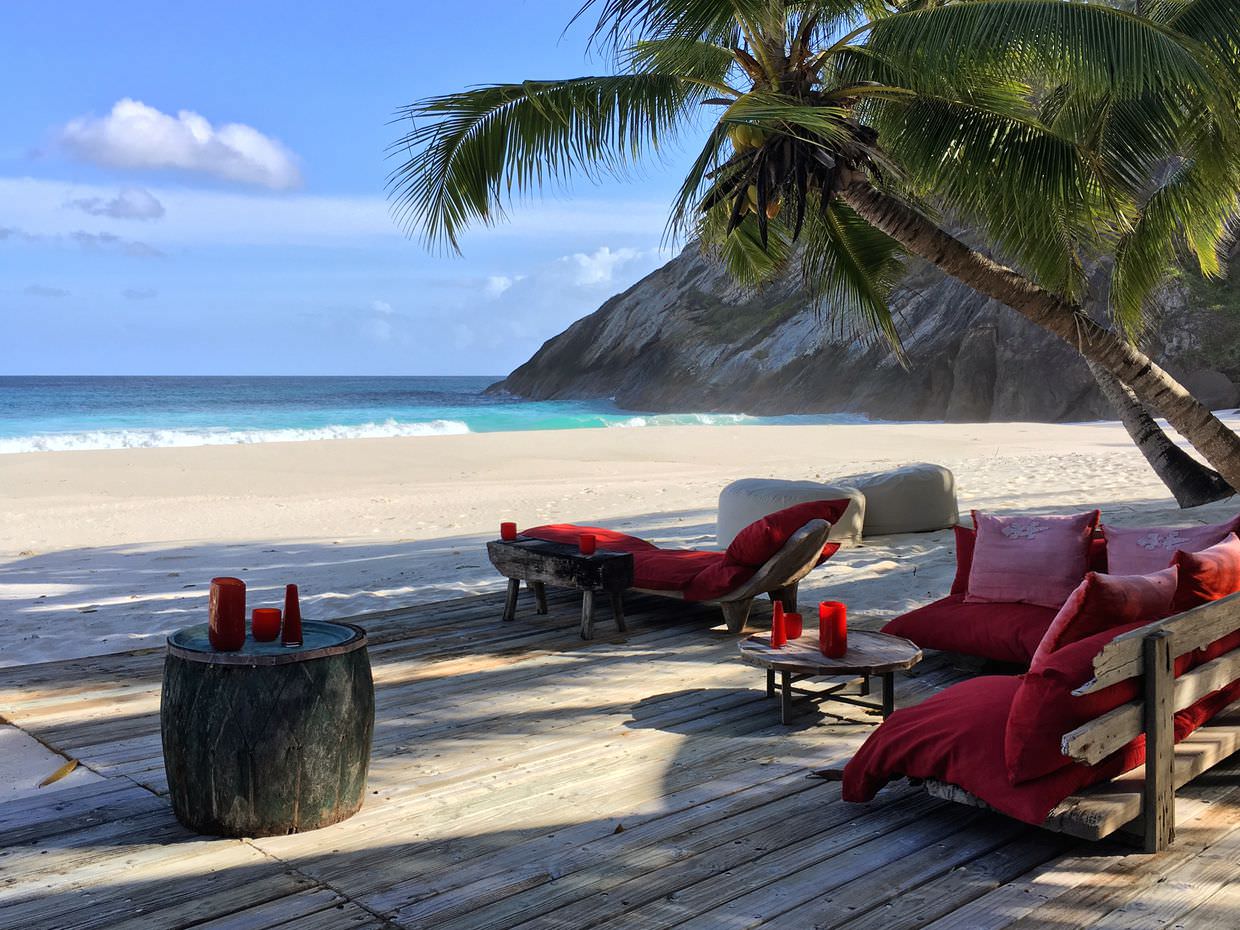
Honeymoon Beach
At the south of West Beach is a 5 minute rocky walk that takes you to a secluded bay known as Honeymoon beach. It’s beautiful. With its seclusion, the hotel offers its guests fully private bathing, and when they do the entrance is roped off.
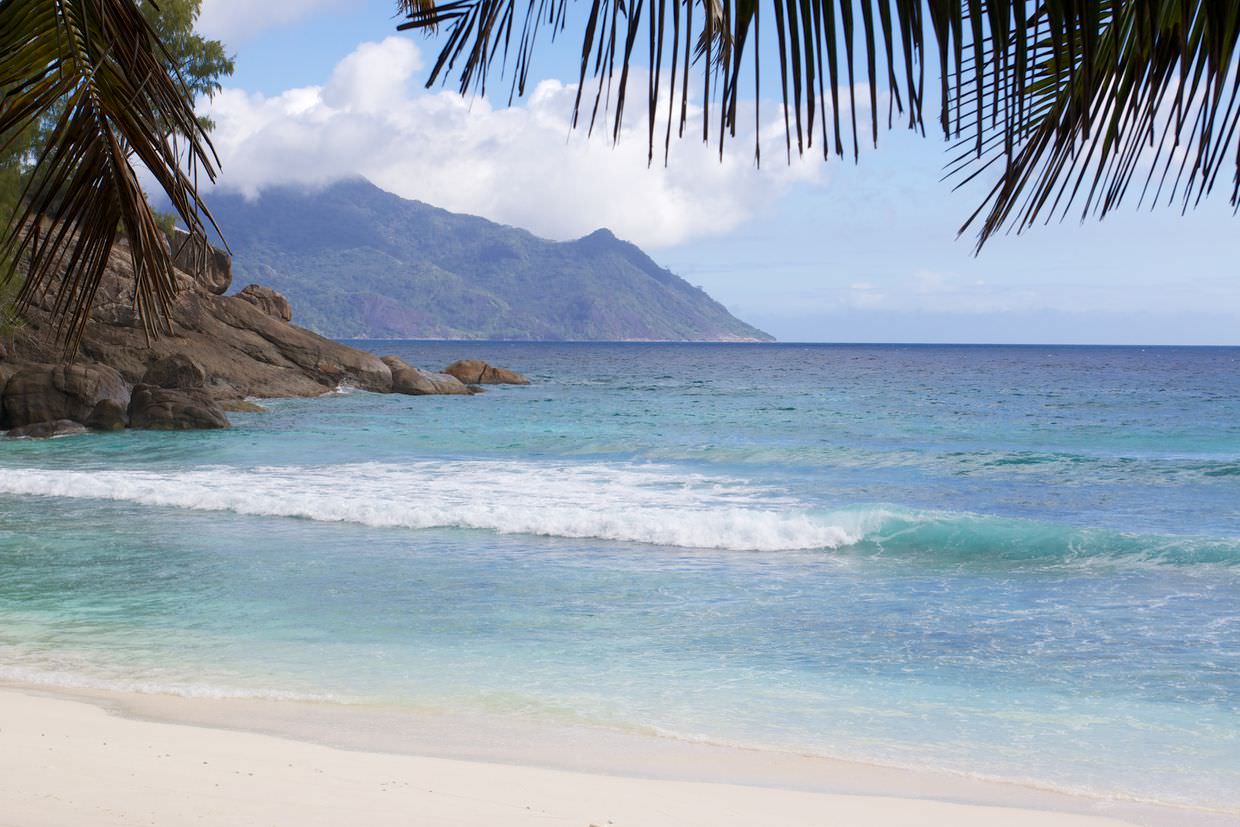
Petit Anse (Staff Beach)
The staff beach is the beach that volunteers and staff can use for beaching, sunbathing, swimming etc, without having to worry about being in uniform. Though it’s also the first beach guests see when they arrive by helicopter. It’s also the least nice of all the beaches; while I was here it was monsoon season (in the traditional sense, as in a “seasonal reversing wind”, and not “extreme rain”), which meant strong winds and currents were channelled through the bay, making it rough and too dangerous to swim. Staff beach is connected to honeymoon beach via the Bernica Trail, which takes about 45 minutes to hike.

The plateau
In the centre of the island is a plateau, there’s some forest, some marshland, old coconut trees. This is the hub for most of the resort’s activity; the staff village, laundry, services, facilities and so on, and it’s where volunteers also live and do much of their work.
The dry sandy roads here are punctuated with the quiet whirrs of electric buggies and diesel powered gators. Between them are takamaka trees; their small green fruit bounces everywhere; and barringtonia – a tree species I fell in love with in Borneo, though the “sea poison” variety here doesn’t smell quite so extraordinary. Here too are bilimbi trees, its fruit, like small cucumbers, hang close to the trunk and are edible, though very sour.
It’s surrounded on all sides by three big hills; spa hill, bernica and grand paloss. These, with the trees, block out any view of the ocean, which makes it difficult to get out and see the sea, the sunrise or the sunset. When night comes, the sun sets swiftly and the plateau is quickly engulfed in darkness; if there’s no moon it’s pitch black.
